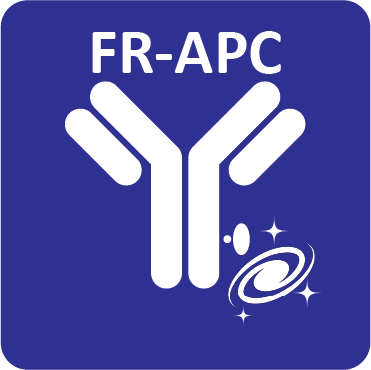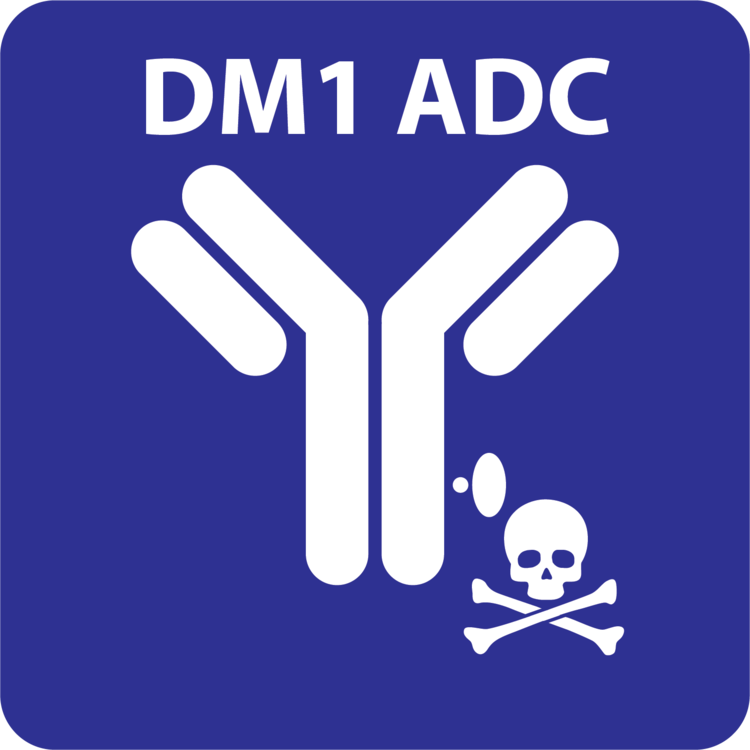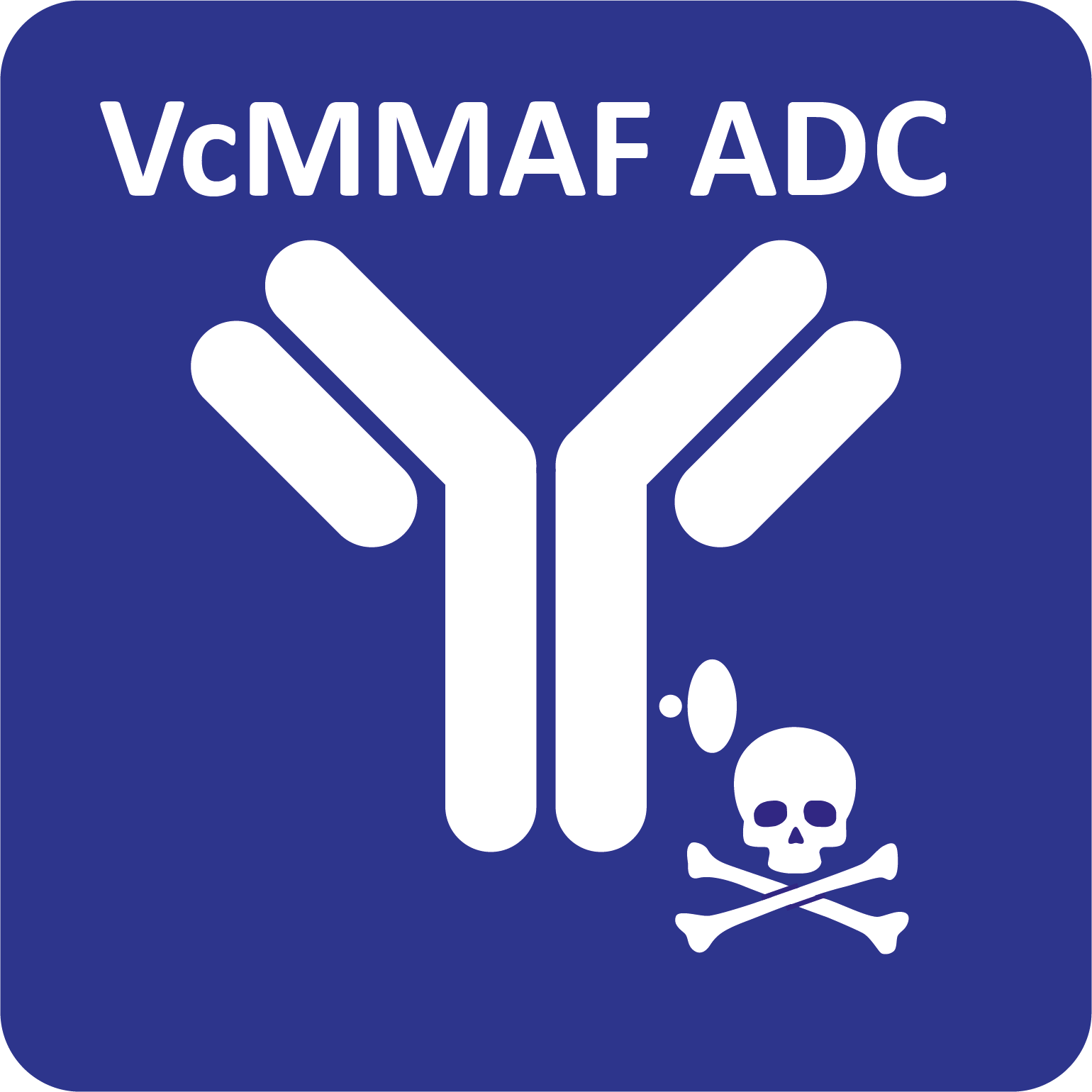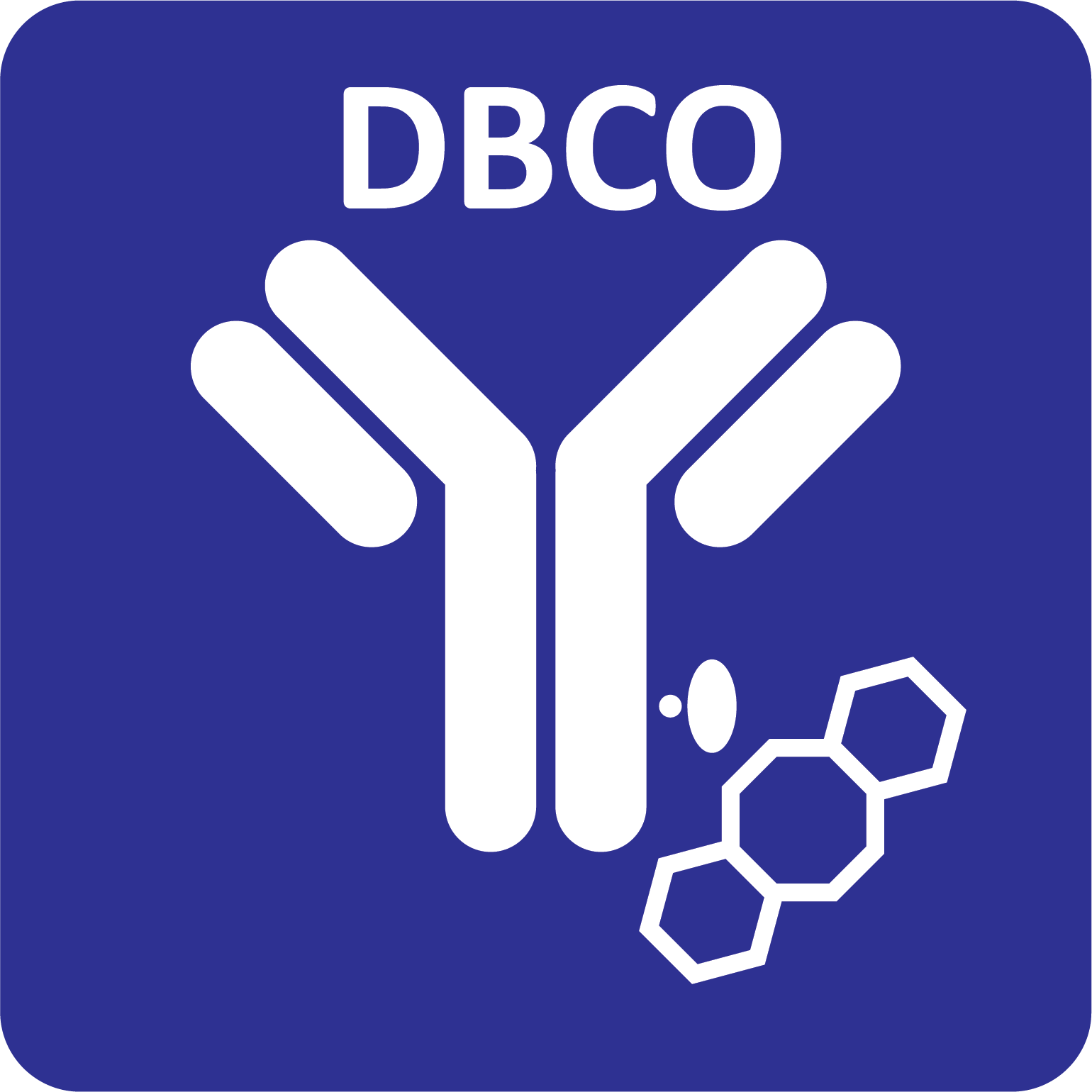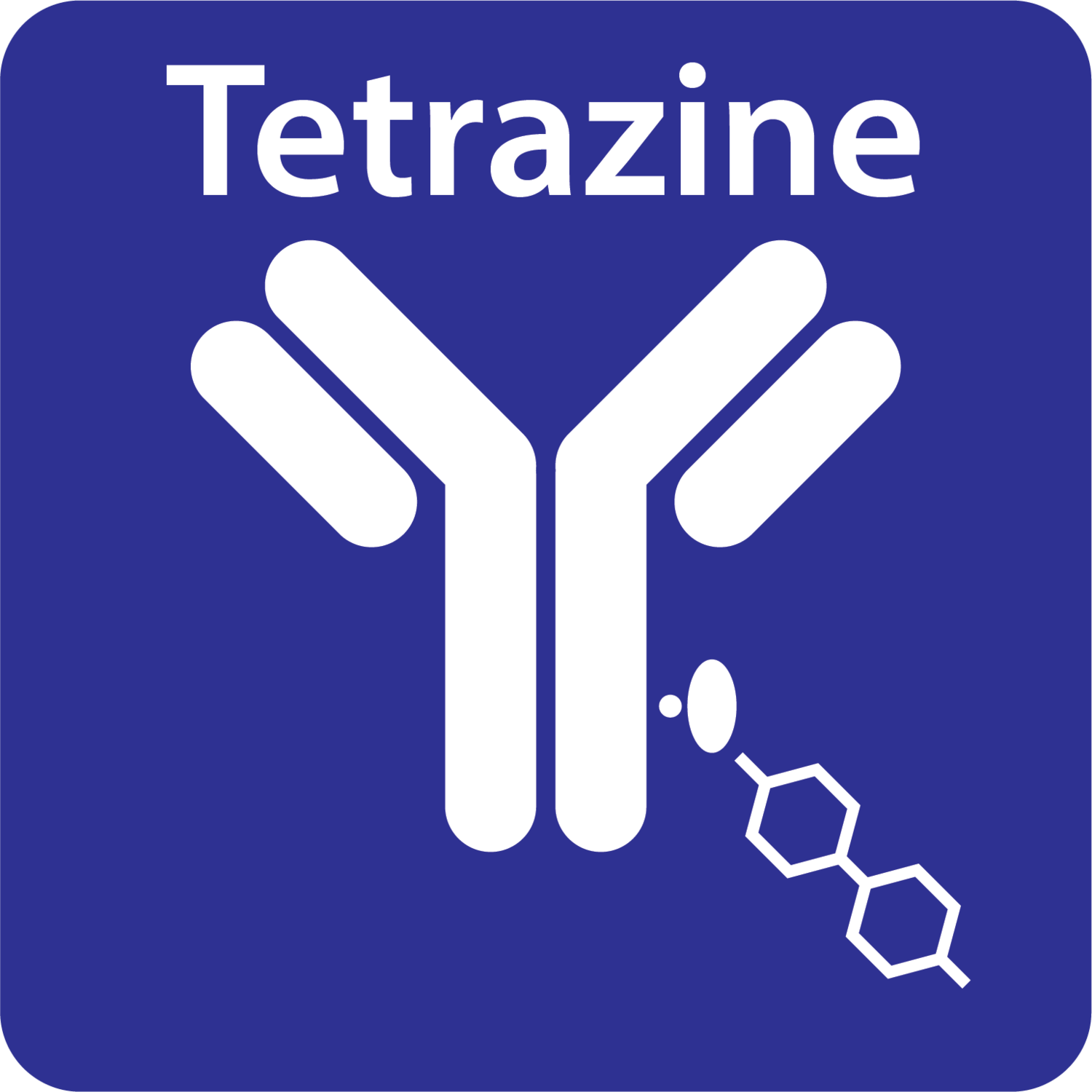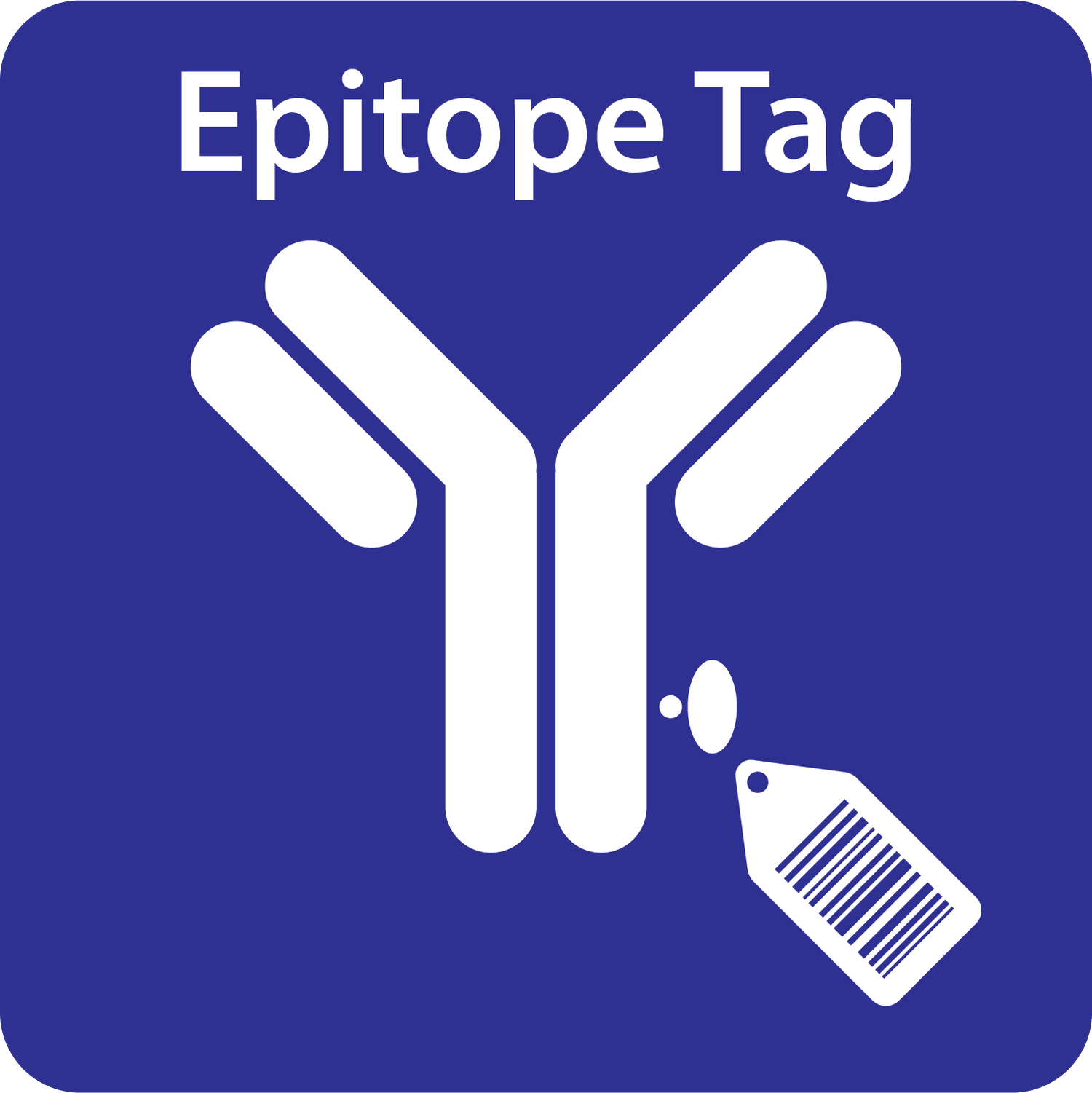Your cart is currently empty!
Proximity assays, such as the proximity ligation assay (PLA) and proximity extension assay (PEA), leverage the power of Antibody-Oligonucleotide Conjugates (AOCs) to create a simple, homogeneous-format, sensitive assay for quantification of proteins and protein-protein interactions with qPCR readout technology. Examples in literature and commercialized products have showcased the success of PLA and PEA for proteomics research. Here we discuss some key points of Proximity Assays and how they can be used in research.
Immuno-PCR – First Generation Antibody-Oligo Technology
The development of proximity assays can be traced back to one of the first applications of Antibody-Oligonucleotide Conjugates, Immuno-PCR (iPCR): a detection assay that combines qPCR quantification with ELISA methods.
Biomolecular detection techniques are often the method of choice for quantifying relevant proteins of interest. One common method of molecular diagnostics is real-time qPCR, which enables the real time quantification of nucleic acid (DNA, RNA) levels associated with viruses or other pathogens. Another common molecular assay technique is ELISA, which uses antibodies to specifically bind proteins of interest with high affinity.
While the aforementioned two methods are regularly used today for various R&D and diagnostic procedures, there are some disadvantages. qPCR is highly specific for recognizing and amplifying a target DNA (or RNA) sequence or gene-of-interest, but the method relies on the presence of nucleic acids and cannot be readily used to detect non-nucleic acid based molecules, such as proteins. With an ELISA, antibodies can be designed and produced to bind with high-affinity to almost any protein. However, antibody-based detection methods have limited sensitivity since they rely on signal from a fluorophore or enzyme for antigen detection. Sano et. al. explored integration of PCR with ELISA methods to combine the specific, high binding affinity of an antibody with the amplification power of qPCR.[1] To accomplish this goal, the group created AOCs by attaching a DNA strand to the antibody for a novel assay technology known as Immuno-PCR. This new technology enabled a 1000x improvement in sensitivity over traditional ELISA.
The Barriers Preventing Widespread Adoption of iPCR
Despite the advanced method proposed by Sano et. Al, Immuno-PCR has not seen widespread implementation or diagnostic approval. Among other issues, one major barrier to Immuno-PCR and molecular detection assays in general is the Non-Specific Binding (NSB) Phenomenon. Frutiger et. al. provides an extensive review of NSB, including the potential causes, impacts on assay performance, and strategies to reduce the impact of NSB in biosensing assays.[2] NSB plays a significant role in limiting the effectiveness of Immuno-PCR as the presence of non-specifically bound AOCs or free oligo bound to wells will subsequently be amplified during the PCR step and ultimately result in background. Various strategies have been tested to reduce background and NSB, such as incorporating multiple washing steps or buffer incubation; however, this results in more effort and costs, ultimately reducing practicality of iPCR for certain applications.
Proximity Assays with Antibody-Oligo Conjugates
Despite the constraints of iPCR, researchers were still inspired to use antibody-oligonucleotide conjugate technology for protein quantification and thus developed an improved approach to reduce background through the design of proximity assays, as outlined below.
Proximity Ligation Assay: Homogeneous, Sensitive Quantification of Proteins with qPCR
Recognizing the limits of Immuno-PCR, Fredriksson et. al. created the Proximity Ligation Assay (PLA). They designed two DNA aptamers that bind a target and subsequently amplify a signal only when the probes are in proximity to each other through DNA ligase activity.[3] Since the amplification of the signal can only occur if the probes are in proximity (when bound to the protein), this can drastically reduce the background signal attributed to non-specific binding. Indeed, the paper shows that PLA can improve sensitivity over Immuno-PCR by reducing NSB.
Following the initial PLA aptamer design, subsequent improvements of the assay have improved its versatility, sensitivity, and applications. As discussed in a review of Proximity Assay technology[4], PLA can quantify target proteins without the strong non-specific binding effects associated with Immuno-PCR. Furthermore, PLA can be designed in a homogeneous-format without any washing steps, presenting a clear advantage over iPCR which requires tedious washing steps to reduce background.
Lunderg et. al. iterated upon the initial PLA design to replace aptamers with AOCs [5] that served as the proximity probes. While aptamers can be designed to be specific and have a high affinity, they are limited in availability and expensive to produce. Antibodies are more widely available for a range of targets, highly specific, and bind with a strong affinity. Thus, through replacing the aptamer with an Antibody-Oligo conjugate in the PLA assay format, Lundberg et. al. vastly improved the versatility and applications of PLA in research. Figure 1 below provides an overview of how PLA works:

Figure 1. Proximity Ligation Assay Overview: The Proximity Ligation Assay is described in 4 main steps. Step 1: The two Probes are made by conjugating oligos to antibodies. Step 2: The Probes are incubated with the sample containing the protein and an oligo splint is added. Step 3: A DNA ligase is added which will ligate the hybridized oligos of the probes together, thus “sealing” the connection for subsequent qPCR amplification & quantification. Step 4: qPCR is performed to target the amplicon generated by the ligation reaction.
Proximity Extension Assay with Antibody-Oligo Conjugates
While the PLA represents a powerful proximity assay method and can be used in a homogeneous assay format, there are some limitations. One important consideration is that the ligation event requires 3 separate components to hybridize: the splint, PLA probe A and PLA probe B. This requirement increases the complexity of the assay and could impact the signal-to-noise. Furthermore, ligases can often be unstable and their activity can be sensitive to slight changes in assay conditions or components. Research conducted by Lundberg et. al. recognized a key issue with the ligase as it can be impaired by various inhibitors present in biological samples, thus leading to recovery loss for the PLA in complex biological fluids such as blood plasma.
Given the limitations of ligases, a novel form of the proximity assay was developed by Lundberg et. al. known as the Proximity Extension Assay (PEA). [5] The PEA works in a similar fashion to the PLA: antibody-oligo conjugates are designed as probes that bind a target protein or proteins of interest. When the antibody probes are bound to the proteins and physically in “proximity”, the attached oligonucleotide strands are close enough to hybridize.
The key difference with PEA is in the method of signal lock-in. PEA is not based on ligase activity, but rather based on a proximity-dependent DNA polymerization event taking place between the two proximity probes. A polymerase extends the end of the hybridized probes and creates an amplicon for subsequent qPCR amplification/quantification. Lundberg et. al. research demonstrated the PEA as a homogeneous method of achieving femtomolar detection of IL-8 and GDNF in plasma. Further advancement of PEA enabled vast multiplexing capability.[6] Figure 2 below explains how the Proximity Extension Assay works:

Figure 2. Proximity Extension Assay Overview: The Proximity Extension Assay is described in 4 main steps. Step 1: The two Probes are made by conjugating oligos to antibodies. Step 2: The Probes are incubated with the sample containing the protein. When the antibodies bind to the target protein, the oligos are brought close together and complementary regions on the oligos hybridize. Step 3: A DNA Polymerase is added which will build the complementary strand from the hybridized oligos, thus “sealing” the connection for subsequent qPCR amplification & quantification. Step 4: qPCR is performed to target the amplicon generated by the extension reaction and thus enabling quantification of the target protein.
Antibody-Oligo Conjugates & Proximity Assays
As described above, proximity assays rely on the use of antibody-oligonucleotide conjugates. With traditional PLA or PEA, two probes are made and thus require two oligo designs. The probes will be referred to as Probe A and Probe B. When Probe A and Probe B are bound to the target(s) and in close proximity, the oligos are designed to overlap and hybridize – priming the interaction for a subsequent ligation or extension event with PLA or PEA.
To create these antibody-oligo conjugates for proximity assays, a variety of options exist. AlphaThera’s oYo-Link® Oligo Custom technology provides one option for attaching oligos to different antibodies that can be used in proximity assays.
oYo-Link® Oligo Custom – Fast, Simple, Site Specific Antibody-Oligo Conjugation
oYo-Link® Oligo Custom enables quick and easy labeling of any compatible antibody to ssDNA or dsDNA oligonucleotides, up to 80bp or longer. Conjugation requires only 30 seconds hands-on time, and conjugates are ready after just 2 hours.
Unlike other oligonucleotide conjugation products available, oYo-Link enables site specific and covalent labeling of antibodies in the Fc region which therefore guarantees there will be no interference with antibody binding sites. Furthermore, the technology allows conjugation of as little as 1ug of antibody at a time, reducing cost and minimizing wasted materials.
Advantages of oYo-Link® for Antibody-Oligonucleotide conjugation include:
-
Label as little as 1ug of antibody at a time – reduce the overall amount of antibody required = reduced overall cost and minimize wasted materials!
-
Custom oligos supported, up to 80bp or longer, for ssDNA or dsDNA.
-
Easy and rapid antibody-oligo labeling with less than 30 seconds hands-on time.
-
Site specific labeling in the Fc region, so no loss in antibody functionality or batch-to-batch variability.
-
Oligos are all HPLC or PAGE grade ensuring confidence in downstream assays.
-
Label diluted antibody – as low as 50 μg/mL – saving time as antibodies do not need to be concentrated prior to labeling.
-
No need for purification prior to conjugation – compatible with nearly all buffers, even those containing Tris and albumin.
Find out more about oYo-Link® – download our brochure.
Other resources you might also be interested in:
BLOG: Antibody-Oligonucleotide Conjugation Chemistries
BLOG: How to overcome poor antibody-oligonucleotide conjugation efficiency
References:
1. Sano, T., Smith, C. L., & Cantor, C. R. (1992). Immuno-PCR: very sensitive antigen detection by means of specific antibody-DNA conjugates. Science (New York, N.Y.), 258(5079), 120–122. https://doi.org/10.1126/science.1439758
2. Nonspecific Binding-Fundamental Concepts and Consequences for Biosensing Applications. Frutiger, A., Tanno, A., Hwu, S., Tiefenauer, R. F., Vörös, J., & Nakatsuka, N. (2021). Nonspecific Binding-Fundamental Concepts and Consequences for Biosensing Applications. Chemical reviews, 121(13), 8095–8160. https://doi.org/10.1021/acs.chemrev.1c00044
3. Fredriksson, S., Gullberg, M., Jarvius, J., Olsson, C., Pietras, K., Gústafsdóttir, S. M., Ostman, A., & Landegren, U. (2002). Protein detection using proximity-dependent DNA ligation assays. Nature biotechnology, 20(5), 473–477.
4. Greenwood, C., Ruff, D., Kirvell, S., Johnson, G., Dhillon, H. S., & Bustin, S. A. (2015). Proximity assays for sensitive quantification of proteins. Biomolecular detection and quantification, 4, 10–16. https://doi.org/10.1016/j.bdq.2015.04.002
5. Lundberg, M., Eriksson, A., Tran, B., Assarsson, E., & Fredriksson, S. (2011). Homogeneous antibody-based proximity extension assays provide sensitive and specific detection of low-abundant proteins in human blood. Nucleic acids research, 39(15), e102. https://doi.org/10.1093/nar/gkr424
6. Assarsson, Erika, et al. “Homogenous 96-plex PEA immunoassay exhibiting high sensitivity, specificity, and excellent scalability.” PloS one 9.4 (2014): e95192.

